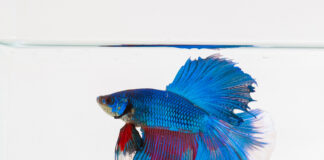On Moving and Acclimation
The conditions of moving fish and other aquatic life and marine critters from one place to another is very similar to transporting works of art.
Artwork, for instance, requires special handling since even the lightest of blows my cause severe and permanent damage.
In fact, the Metropolitan Museum of Art in New York City spends over a million dollars yearly transporting artwork, the bulk of which goes to making sure the art is safe and risk-free.
The same can be said of bringing home saltwater fish from a local fish store or online seller. Otherwise, you might also cause severe and fatal damage to your investment on the living artwork that is marine life.
In fact, just the act of taking home fish from your local fish store, which may be just minutes away, creates a lot of stress for the critters.
Therefore, weâve listed two proven methods for you to correctly, and safely acclimate saltwater fish.
Moreâ¦
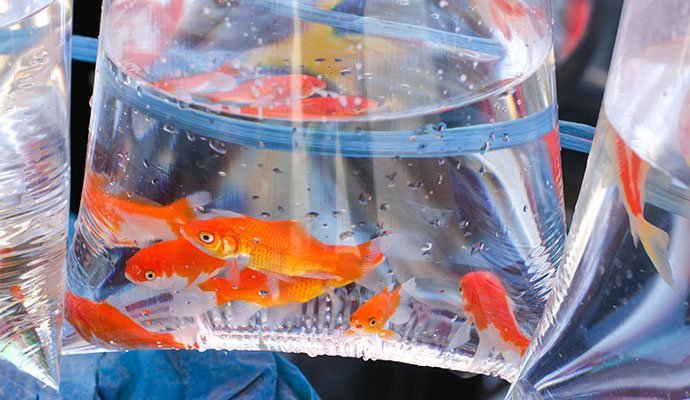
A Primer on Acclimation
The acclimation process involves marine critters which you plan to add to your aquarium. This marine life often has come from the wild or more commonly, from a local or online store.
However, the bag of water that carries your aquatic friend will differ, in varying degrees, from the water in your aquarium.
Critical differences in these two water conditions may be in their specific gravity or salinity, pH and oxygen levels, temperature, as well as the presences of parasites and toxins.
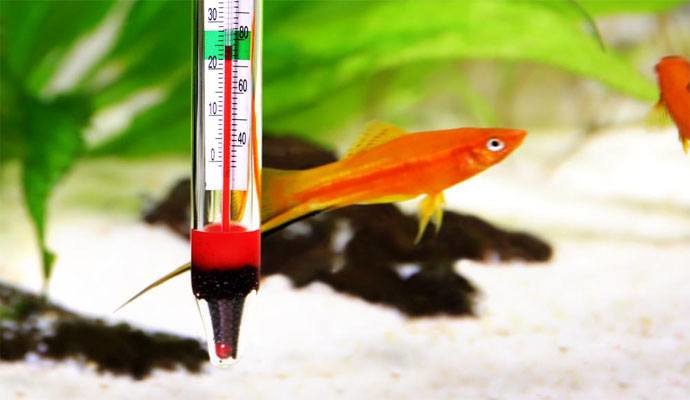
Without proper acclimation, the sudden change in environment will greatly shock and stress the fish or invertebrate which may be fatal for them.
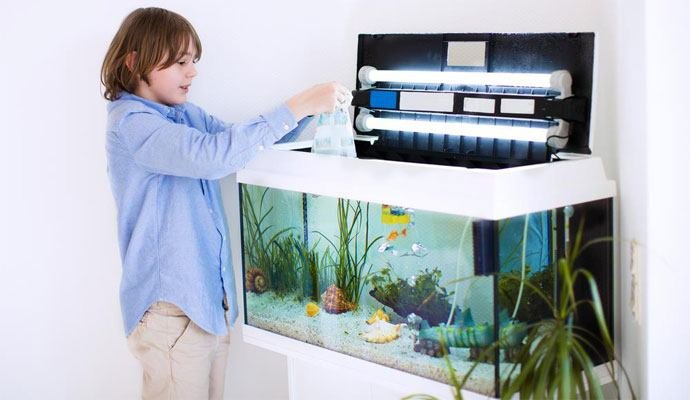
Hence, youâll need to gradually let your fish or invertebrate adjust or become accustomed to the water conditions of its new home.
Specific Gravity
The specific gravity in aquariums refers to some dissolved salts in them in contrast to pure water with zero salinity levels. Experts recommend specific gravity levels of 1.023 to 1.025 for reef aquariums.
Hence, in addition to acclimatizing your fish to the salinity conditions, you should also remember to maintain these levels for your marine critters. This process is especially important when taking home saltwater fish.
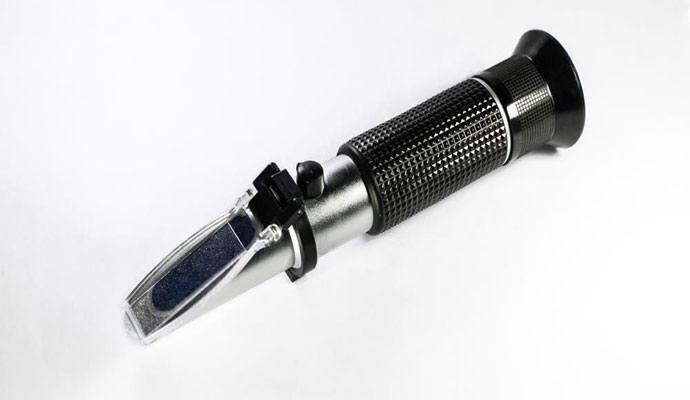
Lastly, you can measure your aquarium’s salinity by using hydrometers, or refractometers.
pH level
In addition to salinity, youâll also need to modify your tankâs pH levels since the fish have gotten used to the pH of their water bags.
Using home pH test kits, youâll be able to measure the pH levels of your aquarium, determine alkalinity or acidity, and then adjust accordingly.
The Methods
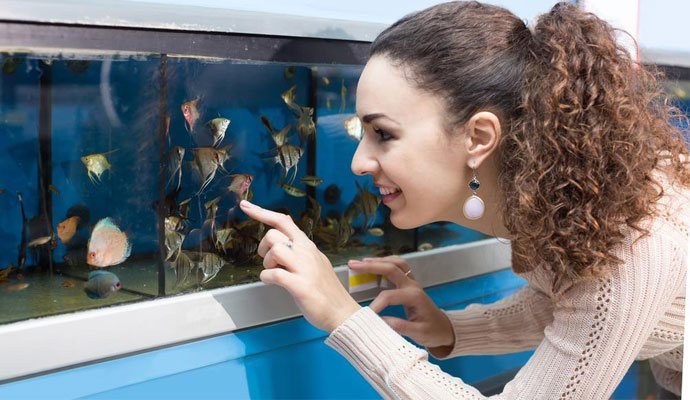
#1 Modify Tank Salinity and pH
The first method of acclimating your saltwater fish is by changing your aquariumâs salinity and pH. Note though that we recommend this method only for fledgling aquariums that have yet to be inhabited.
Naturally, altering the water condition of a tank with marine life will bring tragic results. So if you have an established tank, then making use of a quarantine tank for new fish will be a right choice.Things youâll need:
Things youâll need:
- Refractometer
- Clean containers or buckets
- âscissors
- âpH Test Kit
- âDistilled water and Sea Salt
- âProtective gloves as well as eyewear
- âSodium bisulfate and sodium bicarbonate (baking soda)
- Mesh Fishnet
Steps:
Dim the lights
To minimize stress on new aquatic dwellers further, turn off or dim the lights in the room containing your aquarium. And if possible, turn off or dim the aquariumâs lights as well.
Assimilate aquarium temperature
Let the plastic bags containing your fish float on the aquarium water for approximately 15 minutes.
Ready your new fish
Place the plastic bags in a container then cut open while still keeping the water and your saltwater fish inside. Alternatively, you can pour the water along with the fish into clean buckets.
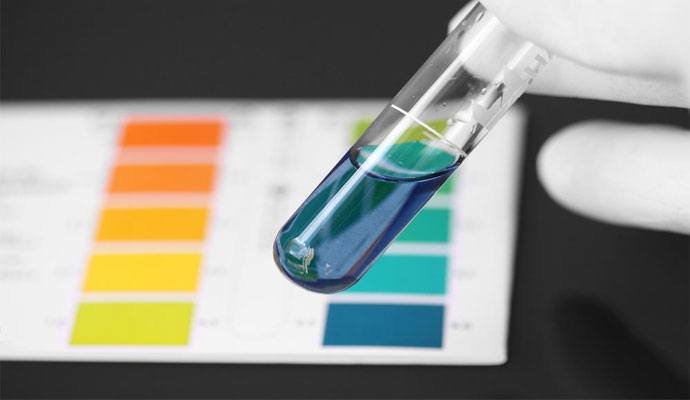
Test waterâs specific gravity via your refractometer then adjust accordingly
Again, for a reef aquarium, youâre looking for a specific gravity that is between 1.023 to 1.025.
To decrease the waterâs specific gravity, you can dilute it with clean distilled water. Otherwise, add sea salt to increase the salinity. Remember, though, that fish adjust better going into less salty waters than in saltier ones.
Test pH of the water in the bag then adjust tank pH to match
Test, first, the ph of the water in the bag with your Test pH Kit. Then check your fish tankâs pH. Afterward, adjust your tankâs pH so that it will match that of the water in the plastic bag.
When you need to decrease your aquarium waterâs pH, youâll be using sodium bisulfate but remember to wear protective gloves and eyewear beforehand.
Then proceed by adding 2.5g of sodium bisulfate dissolved in a cup of distilled water, for every 10gal of aquarium water. This amount will lower the waterâs pH by 1.0.
Conversely, youâll need baking soda to increase the aquarium waterâs pH. Experts recommend one teaspoon of baking soda per 5 gallons for small incremental increases.
Finally, it would be wise to routinely test the aquarium waterâs pH, whether youâre increasing or decreasing pH levels,
Transfer fish to Tank
Once temperatures, salinity, and pH are at their ideal levels, gently move your fish from its bag into the reservoir by using a mesh fish net. Also, try to avoid bringing any water from the bag into the aquarium.
#2 Drip Method
Another method of acclimation is by letting the plastic bags containing the fish slowly assimilate the water conditions in the aquarium. Although simpler, this method requires constant supervision and may take several hours.
Things youâll need:
- Airline tubing
- Clean bucket
- Mesh Fishnet
Dim all the lights
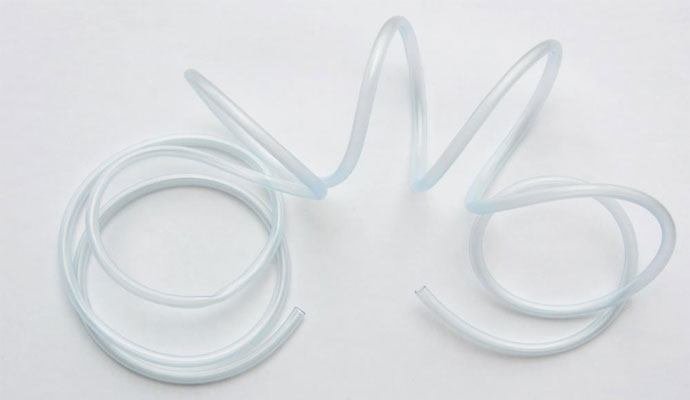
Again, make sure to turn off or dim the lights in the room where youâll be acclimating the saltwater fish. If possible, do the same with your aquarium. Your saltwater fish may have spent some time in a dark box so a sudden exposure to bright light may cause it severe stress or trauma.
Prepare your saltwater fish
Carefully pour the water along with the fish into a clean bucket.
Siphon aquarium water into the bucket via an airline tube
Tie a weight or rock on one end of the tube. Then, let this end sink into the aquarium water. Afterward, siphon the water by sucking on the other end of the tube.
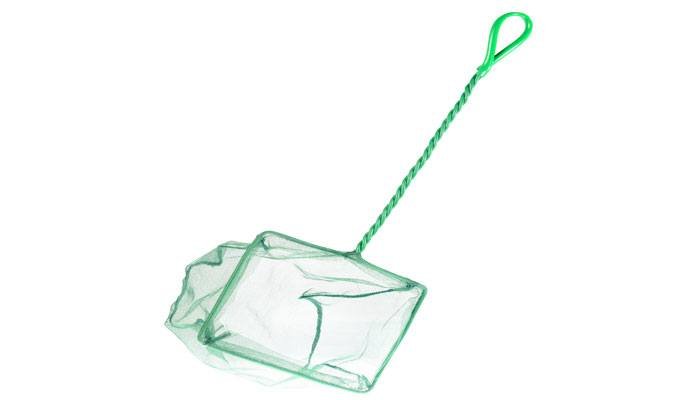
As the water begins to flow, youâll need to tie a knot on this side of the tube and tighten until you get a slow, steady drip into the bucket.
Let the water volume double, twice. Then transfer fish.
Wait for the water in the bucket to double. Afterward, discard half while taking care to secure your fish. Then, let the water volume double again.
Finally, use the mesh fish net to transfer your fish into the aquarium gently. Again, try to avoid bringing any water from the bucket.
Testing the Waters
If you follow one of these methods, youâll have successfully started a wonderful aquatic hobby or added another beautiful life to your diverse aquarium!
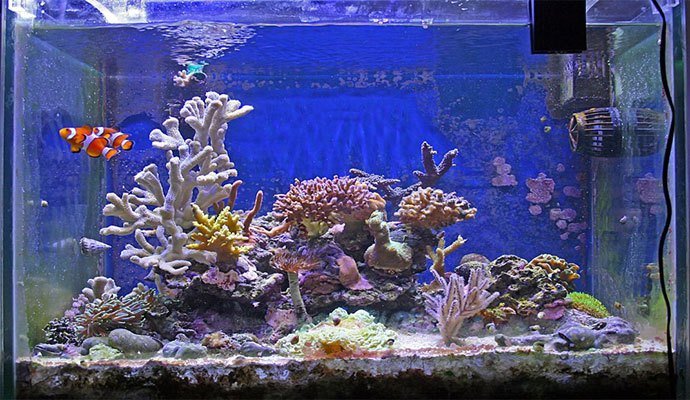
>>> Read More:
Related Posts:


